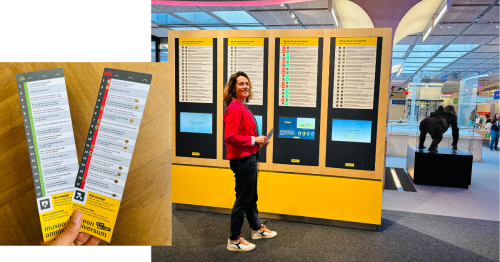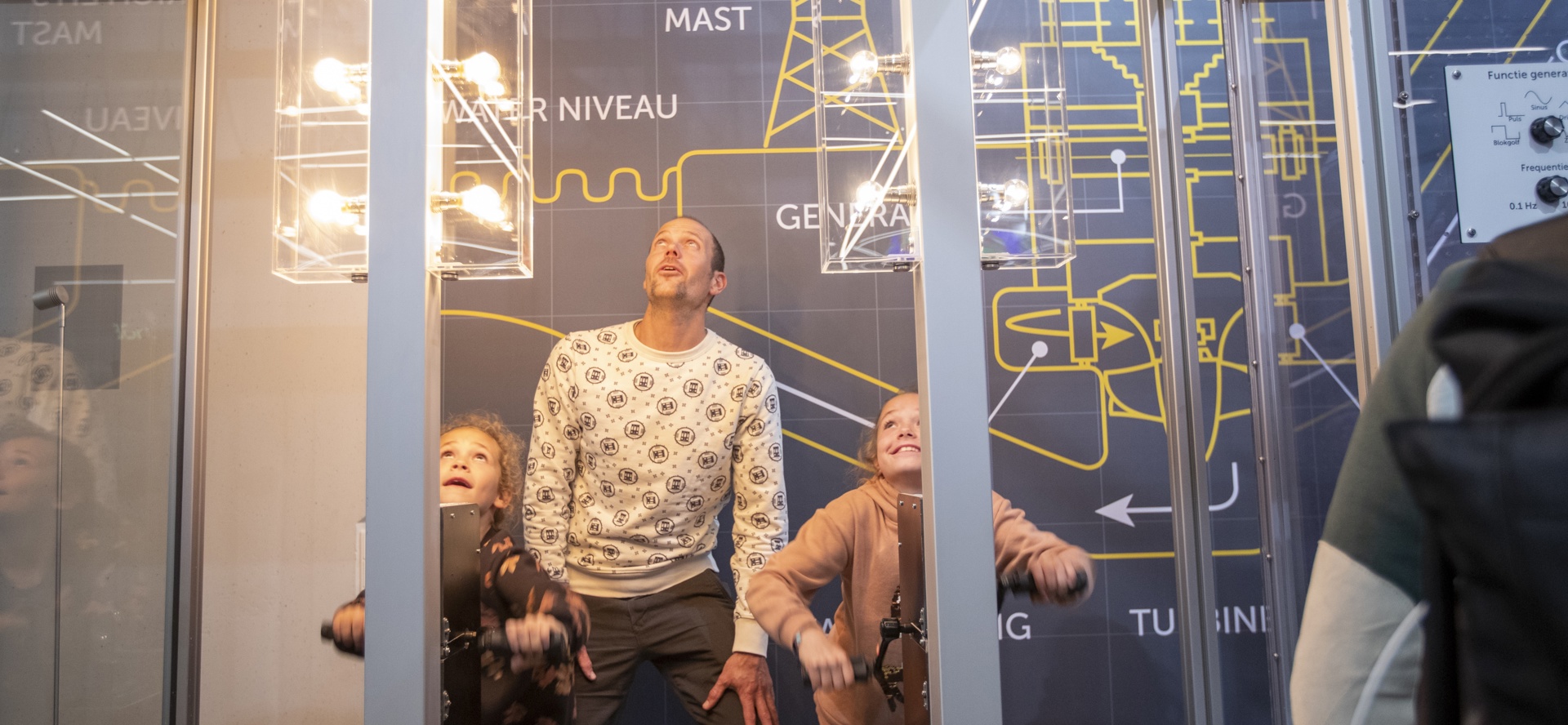
How Museon-Omniversum brings the SDGs to life
18 June 2024
"For me personally, it is not about filling the halls, but about making an impact. If, for example, after watching the film 'Secret of the Sea' someone better understands what the underwater world has to offer, that gives me satisfaction," says Masja Brouwer, senior Marketing & Communications Advisor at Museon-Omniversum. Together with her, we dive deeper into the story behind this unique museum, its special merger, and its current exhibition on the Sustainable Development Goals (SDGs).
Museon was founded 120 years ago as a museum for education and has since managed the entire broad collection of the municipality of The Hague, with more than 330,000 objects
Next door to Museon sits the Omniversum, which has been inspiring visitors with impressive films on a giant dome screen for 40 years. "As neighbours, we had more or less the same message. That's why it made sense to merge," says Brouwer. "Together, we have now existed for 160 years. The Omniversum inspires with images, while the Museon offers the explanation with collection, word and activities. We complement each other perfectly."
In the exhibition, visitors can discover how sustainable solutions tackle urban and global problems, and what you can do yourself. This is how we look to the future and build a healthy and safe world together. The exhibition is strongly linked to the SDGs. "We have a public function and tell stories based on the SDGs," explains Brouwer. "To our audience, we call them 'the world goals' and explain exactly what each goal means, with interactive elements to stimulate your mind."
One of the interactive elements, for example, is the use of a stripping card, which you use to go past the SDGs and answer statements. At SDG 2 (healthy eating), you are shown different forms of food, such as insects and vegetarian options. The statement is: Do you dare to eat insects? You punch a hole at Yes or No in the form. After 17 propositions, you put your strip card in a vending machine and are shown which type of global citizen you are, Masja explains. ''Everything is good, of course, but it gives insight into which elements you think are important."

For schools, there are educational programmes with strip cards and booklets at different levels
"Primary and secondary school classes often spend about an hour with the interactive exhibition, and can also watch a film afterwards. We host two to three classes daily, which amounts to about 30,000 children a year. We are really proud of that!" For business visitors too, Museon-Omniversum offers an extra dimension with special propositions for them. "They choose us not only for the sustainable location, but also for the extra depth of content we offer.
Sometimes the SDGs seem a bit abstract, but they really do cause change and awareness. A great example is SDG 14, life in water. "Last year, a global decision was made to protect marine reserves. Our National Geographic exhibition Pristine Seas and Secrets of the Sea film was 100% in line with that. We celebrated the decision at SDG 14 with a garland of origami fish (folded by visitors). This is a great example of how the SDGs connect to current events and apply to almost every aspect of our lives. It shows that everyone, in their own way, can contribute to a better and more sustainable world.
